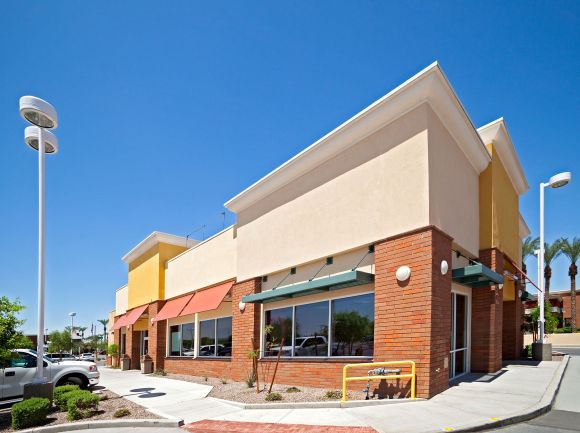By Bill R. Shelton, CEcD
Counting consumers based on where they live and sleep is a statistic most typically used by communities to define the population characteristics of their trade area. Yet residential populations are not and should not necessarily be the sole measure of a community’s consumer base and retail potential.
Daytime populations of some communities may swell substantially during the day, particularly those that have a workforce population coming into the city for work and commuting elsewhere at the end of the day. This expanded population can further define and measure a community’s consumer base and be a predictor of retail attraction and expansion opportunities.
The concept of daytime populations refers to the number of people, including workers, who are present in a city or town during normal business hours – which will differ from the population that is present during evening and nighttime hours.
Counting consumers based on where they work and spend the day can be significant for retailers and it is particularly important for restaurant operators. Below are site location requirements for three restaurant concepts that highlight the importance of daytime populations:
- National Enterntainment Destination - Daytime Population of 700,000 to One million (within 10 miles)
- National Casual Franchiser - Daytime Population of 15,000 (within 3 miles)
- Regional Ethnic Fast Food - Daytime Population of 10,000 (within 1 mile)
In May 2013, the Census Bureau issued estimates on commuter-adjusted populations for localities from the American Community Survey 2006-2010 data and the 2000 Census. You can find reports and data tables on the information on the U.S. Census Bureau's website.
Daytime Population Statistics
Estimates shown in this table are adjusted for work-related travel and include:
- Employees who go to work
- Residents who are not working
- Anyone else who is not employed
The census numbers underestimate the daytime populations because the following populations were not addressed:
- Children going to school
- Employees leaving home late or working in the evenings
- Those that leave home for purposes like shopping, social or recreational trips
- Tourist or business visitors
- Special attractors: universities, hospitals, entertainment centers, regional shopping centers
Daytime Population Segmentation
Qualitative analysis, which provides details about the lifestyles and buying habits of the daytime population, will increase its value for retail development efforts. For example, the location of concentrations of professional workers in contrast to clerical workers will indicate where opportunities may or may not exist.
In the past 20 years, many cities have experienced residential growth in or near downtowns. Segmentation analysis can profile potential customers of both residential and daytime populations, the levels of demand and the demographic composition of neighborhoods.
Counting and reporting customers based on where they work and spend their day is a critical component of a competitive community’s marketing strategy to grow its retail base.


